Realme has been raising the bar of what users can expect in affordable smartphones since the company’s inception back in 2017. The brand, initially a part of OPPO, has been deluging the mid-range and budget mobile space with products at very short intervals, giving the current market leader Xiaomi a serious run for its money. The limitations of specifications based on how much a device costs, matter no more. Super AMOLED panels, 65W charging, 64MP quad-cameras, upper mid-range Snapdragon chipsets, in-display fingerprint scanner, stereo speakers…. these features sound like something a Rs 25,000 or even a Rs 30,000 phone would have just a year back. Now we know better.
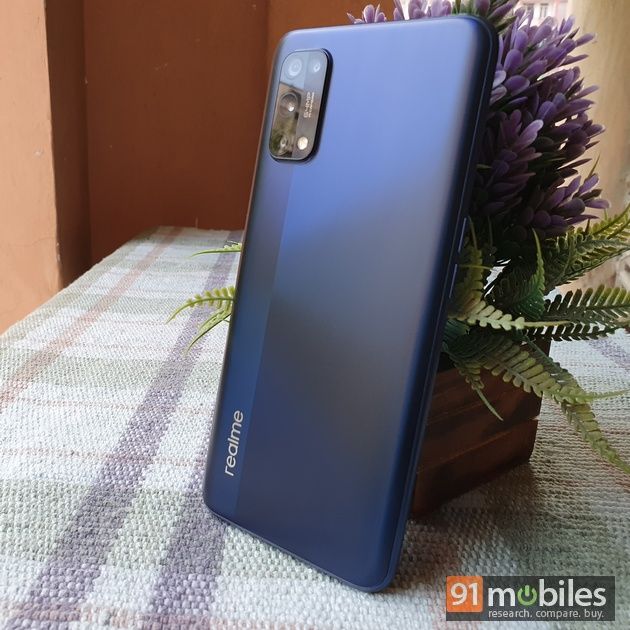
The Realme 7 Pro, launched at a starting price of Rs 19,999, can no longer be categorised as an affordable device because its price does get quite close to the mid-range segment. Realme has been known to undercut a lot of phones that are priced above it in terms of specs. It is the kind of value for money that I’ve come to expect from Realme and as I have mentioned countless times, the end user is the one that benefits the most. However, the company also offers the Realme 7 (review), which is another solid value offering. And then there is the POCO M2 Pro (review) which is basically the same in the processing department and the Redmi Note 10 series is on the horizon as well. Where does the Realme 7 Pro stand in this highly saturated market? Find out in this full review.
Verdict
Realme 7 Pro has entered into a category wherein calling it a phone for budget users doesn’t seem right. It has all the characteristics of a mid-range device and a price to match it. All this to say, the Realme 7 Pro still counts where it matters, which is delivering bang for your buck, but the phrase is losing relevance as time passes.
Design and display
The Realme 7 Pro follows the colour scheme and design of the Realme 7 for the most part. Same build materials have been used as well which gives a smooth matte finish on the polycarbonate back lending a premium feel to the device. The reflective back throws different circular patterns depending on how the light falls. Realme 7’s AG Split design also is visible on the elder sibling wherein two shades of the same colour our separated along a vertical line running from the camera bump to the bottom. However, the Mirror Blue colour variant does not have a lot of discernible difference between either side. In any case, there is no denying that the Realme 7 Pro looks really well built and classy at the same time.
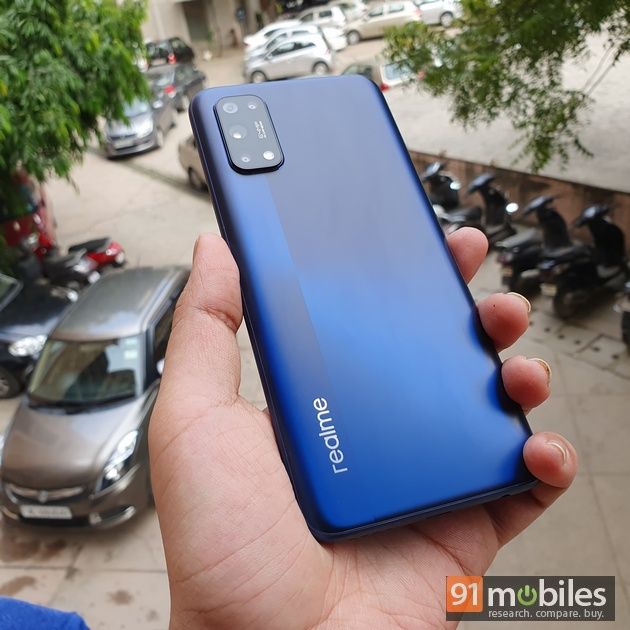
A big difference in the design language of the Realme 7 and 7 Pro is that the former had a side-mounted fingerprint scanner for authentication purposes while the latter employs an in-display sensor. This is the first time that Realme has utilised this technology in its signature number lineup. The power button remains on the right and serves no other purpose other than to turn on/off the phone and screen. Volume rocker buttons are present on the left of the device along with the microSD + dual-SIM slot. On the bottom, you do get your standard USB Type-C port, 3.5mm headphone jack and speaker grille. There is also a secondary speaker on the top to make a stereo system. On the whole, the device is quite light, has a good feel in the hand and is quite the looker. An A+ effort by the design team at Realme.
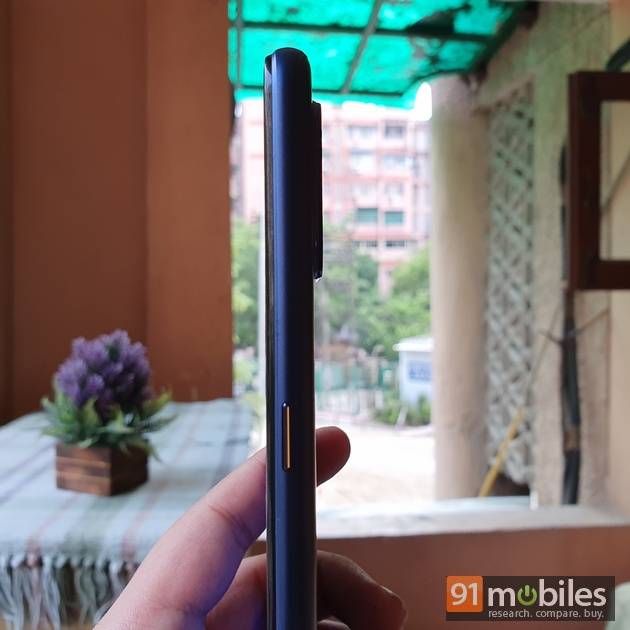
TÜV Rheinland Reliability verification is also present on this device making it the only phone alongside the Realme 7 to make use of it. Basically it is an assurance of quality on the smartphone which means that it will reliably function even through rough usage. The Realme 7 Pro is also splash-proof and has three layers of protection to prevent water damage. However, being splash proof does not hold as much significance as an IP rating, so I would advise caution around water.
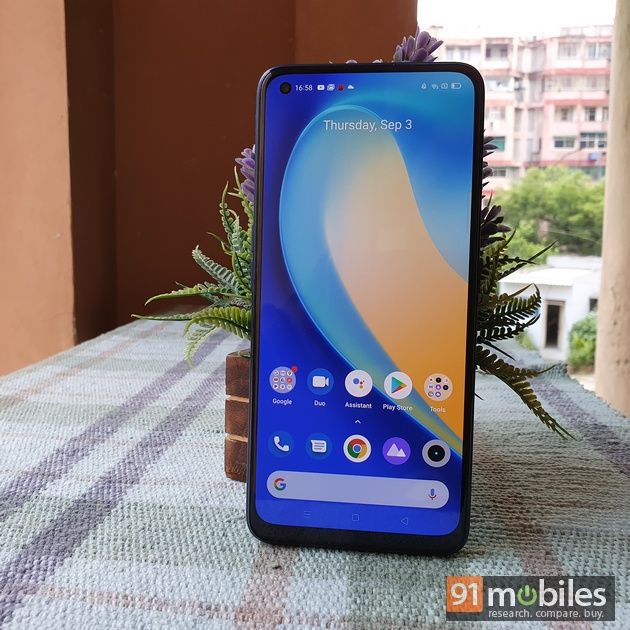
Turning over the device, a Super AMOLED panel, the likes of which remains almost exclusive to Samsung in this segment, greeted me. This is the first time that Realme has used an AMOLED panel in its signature series of smartphones. The last I saw an AMOLED display from the company in this price segment was when it had announced the Realme XT. On the Realme 7 Pro, the screen measures 6.4-inches, offers FHD+ resolution, 20:9 aspect ratio and a claimed 98 percent NTSC colour gamut coverage. The punch-hole for housing the selfie shooter is also smaller than the one seen on the Realme 7. The one thing that has downgraded is the device is its screen only supporting 60Hz refresh rate as opposed to 90Hz on its non-Pro sibling. This is understandable due to the cost complications of having a high refresh panel on an OLED display.
Even though the display does not refresh as fast as its previous-gen model, the increased colour accuracy and contrast levels make up for it. The viewing angles are obviously quite good as are the deep blacks which are standard on an OLED. It is bright and can be viewed under harsh sunlight, with no backlight bleeding around the cutout for the hole-punch. Display customisation options are the same as previous Realme devices wherein you can customise the colour temperature, turn on OSIE Vision effect for more pumped-up colours while watching videos, and turn on Dark Mode and Eye Comfort mode. There is Widevine L1 certification present for viewing OTT content in HD.
Cameras
In essence, the Realme 7 Pro has the same camera hardware as the Realme 7. This includes the 64MP Sony IMX682 primary sensor, 8MP ultra-wide lens, 2MP macro lens and 2MP mono lens which the company is calling the B&W Portrait camera. The change is however on the front of the 7 Pro where you can find a 32MP sensor instead of the 16MP lens present in the Realme 7. This does appear to be a slight downgrade from the Realme 6 Pro which had dual selfie cameras.

There isn’t much I can add about the Realme 7 Pro camera system that I haven’t already said in my Realme 7 review. The main camera is one of the nicest in the segment and that is saying a lot since POCO and Xiaomi have both been throwing a lot of good camera hardware in their budget and mid-range smartphones. Daylight performance is almost always a plus point for Realme devices in any category and it comes as little surprise that the 7 Pro conforms to that. Crisp, bright and near colour accurate shots are staple for the primary lens of the device. The reason I say near accurate is that I did see the signature saturation boosting in many photo shots which may or may not be to everyone’s taste. There is a healthy amount of dynamic range but the lens does struggle when sunlight falls directly on the lens. Otherwise, the camera and the image processing is top-notch on the Realme 7 Pro. Oh yeah, there is the dedicated 64MP mode which will click super detailed shots which can be cropped into quite massively but the caveat is that you will need a still object.
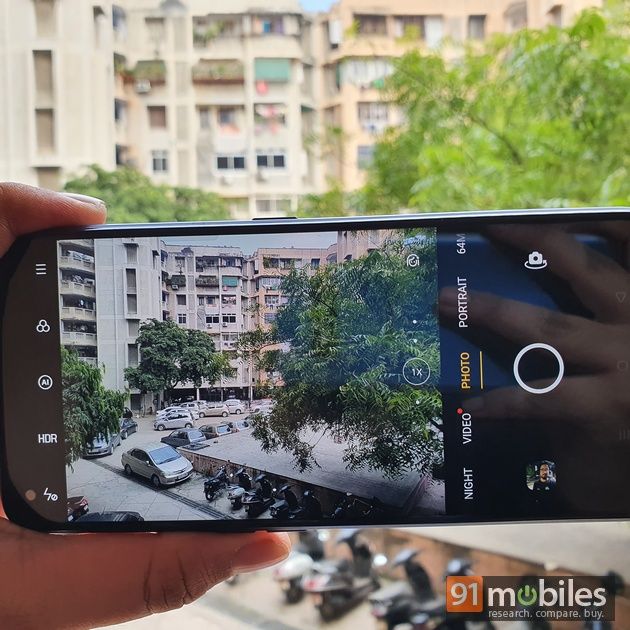
At night the AI-scene detection automatically kicks in to get in more exposure in low light, pumping up the noise levels in the process. To counter this, there is, of course, a dedicated Night mode which tries to get in more details and focus on the subject. You will still get some grainy or underexposed shots, but most of the time the sensor will work in tandem with software enhancements to give a clear low-light photo, good enough for its segment. Other lenses work as well as you would expect them to. The ultra-wide sensor has a 119-degree field of view, capturing a lot inside the frame but there is a significant loss in detail. It does maintain the colour temperatures to a certain degree. As for the macro and B&W sensors, the use case for either is very limited and the results are not really worth the effort.
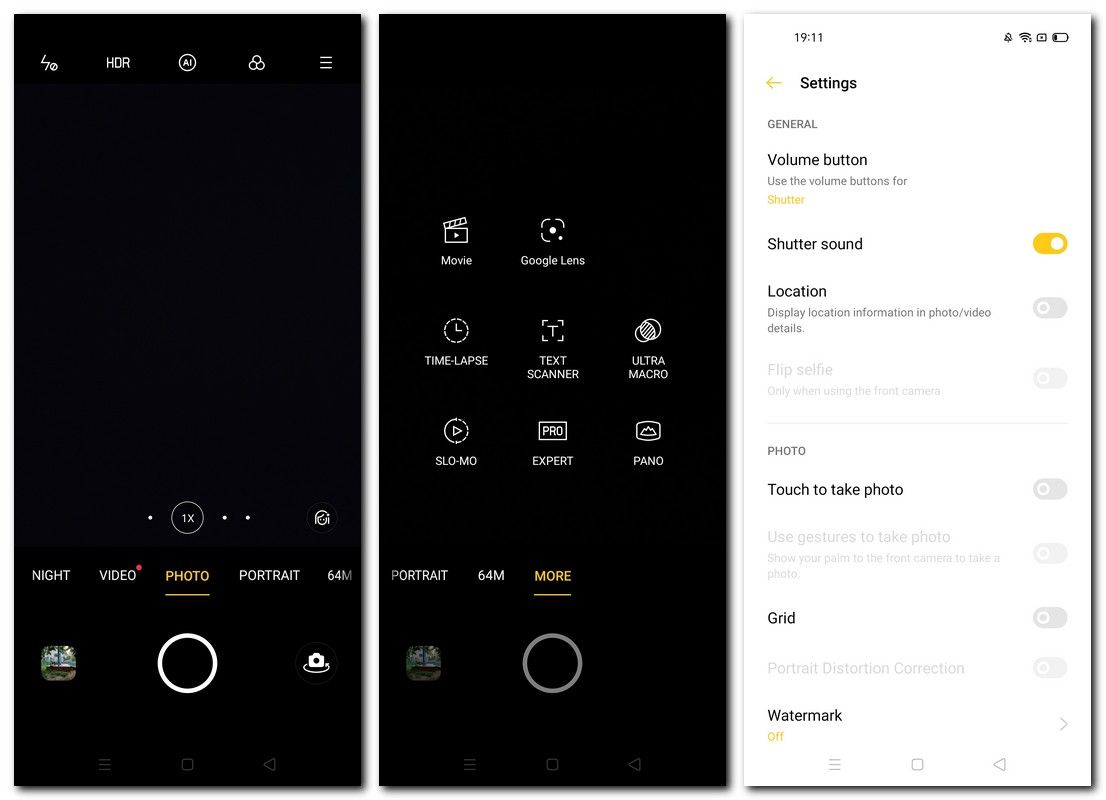
On the front, there is a 32MP camera which is quite good when the lighting conditions are good. The high resolution means that the selfies are quite detailed and I’m happy that it also gives a realistic impression of my skin tone, although it would have been preferable that facial details were not smoothed out so much.
Performance and software
Like the Realme 6 Pro (review), the Qualcomm Snapdragon 720G is powering the Realme 7 Pro which makes the device quite power efficient owing to the 8nm manufacturing process of the SoC. However, for a nearly Rs 20,000 price point, it does seem that Realme could have gone a notch higher, as it has so often done, and put in a Snapdragon 765 to justify a nearly Rs 2,000 jump in starting price from a device launched earlier this year. Moreover, the POCO M2 Pro, a much cheaper deal than the Realme 7 Pro also packs in the same chipset. That is not to say that the Realme 7 Pro is a poor performer, far from that. The smooth software and hardware integration is apparent in the fluidity of navigating through the device. There is almost no lag during heavy app switching or opening several apps at once and running them in the background. It is your standard smartphone experience which is what can be expected on a mid-range Qualcomm chipset. I have received the 8GB RAM + 128GB version of the device, but the 6GB version with the same storage should suffice.
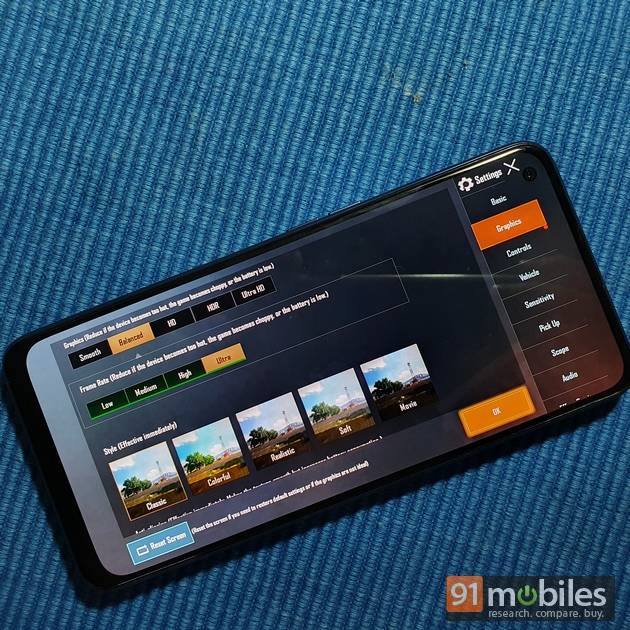
As far as graphics are concerned, the Snapdragon 720G has the same Adreno 618 GPU present on the 730G. This means that 3D gaming such as PUBG Mobile (currently banned) and Call of Duty Mobile will run without much of a hiccup. For the most part, graphics can be kept at HD while the frame rate option can be set to Ultra, but not Extreme. Also, the smaller manufacturing process makes for good heat dissipation allowing you to game for longer periods without any frame drops. As far as benchmarks go, the Realme 7 Pro is not as good as the Realme 7’s MediaTek G95 SoC but the results are close enough. On Geekbench 5 the 7 Pro has shown scores of 572 for the single-core and 1,786 for the multi-core tests while on AnTuTu we see an overall score of 287,738.
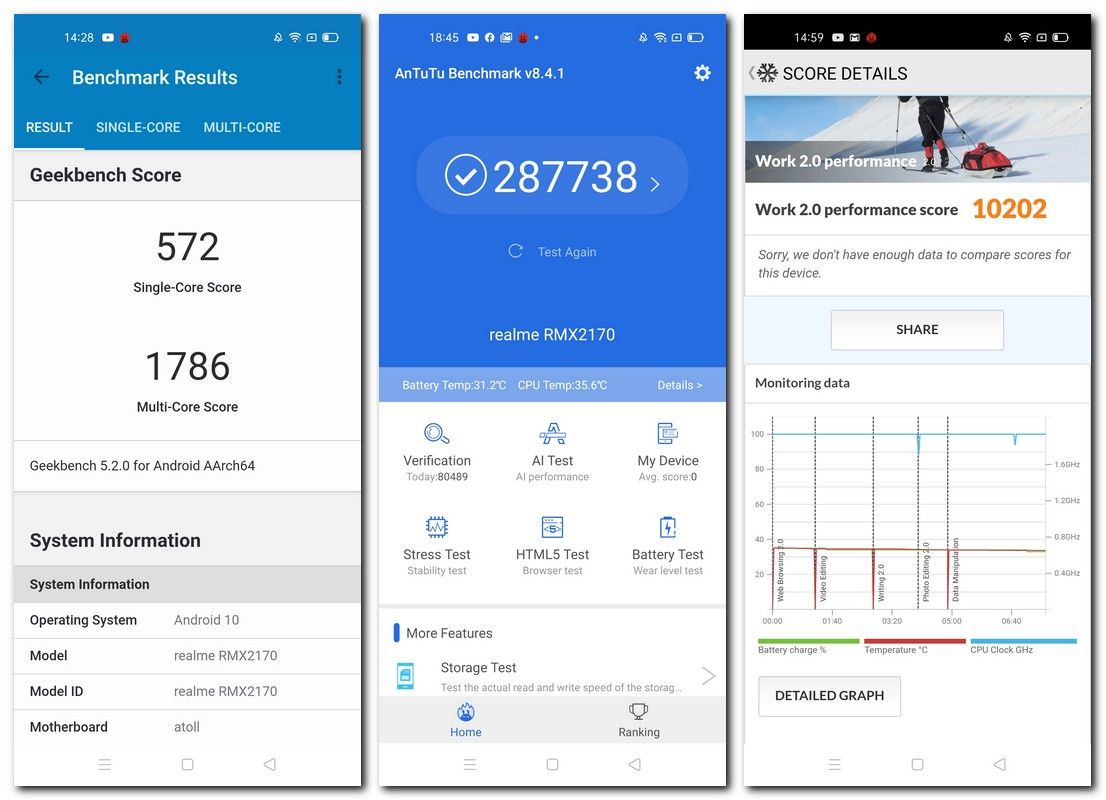
A special mention to the unbelievably good haptics on the display. It makes the experience of interacting with the device just as good as on an expensive flagship device. There is an in-display fingerprint sensor on the phone which took a few tries to register successfully after which it worked better than I had expected. The dual speaker system also had me quite impressed as this is not something you would find in this price range. The stereo effect they produced was quite pleasing and gets a thumbs up from my side.
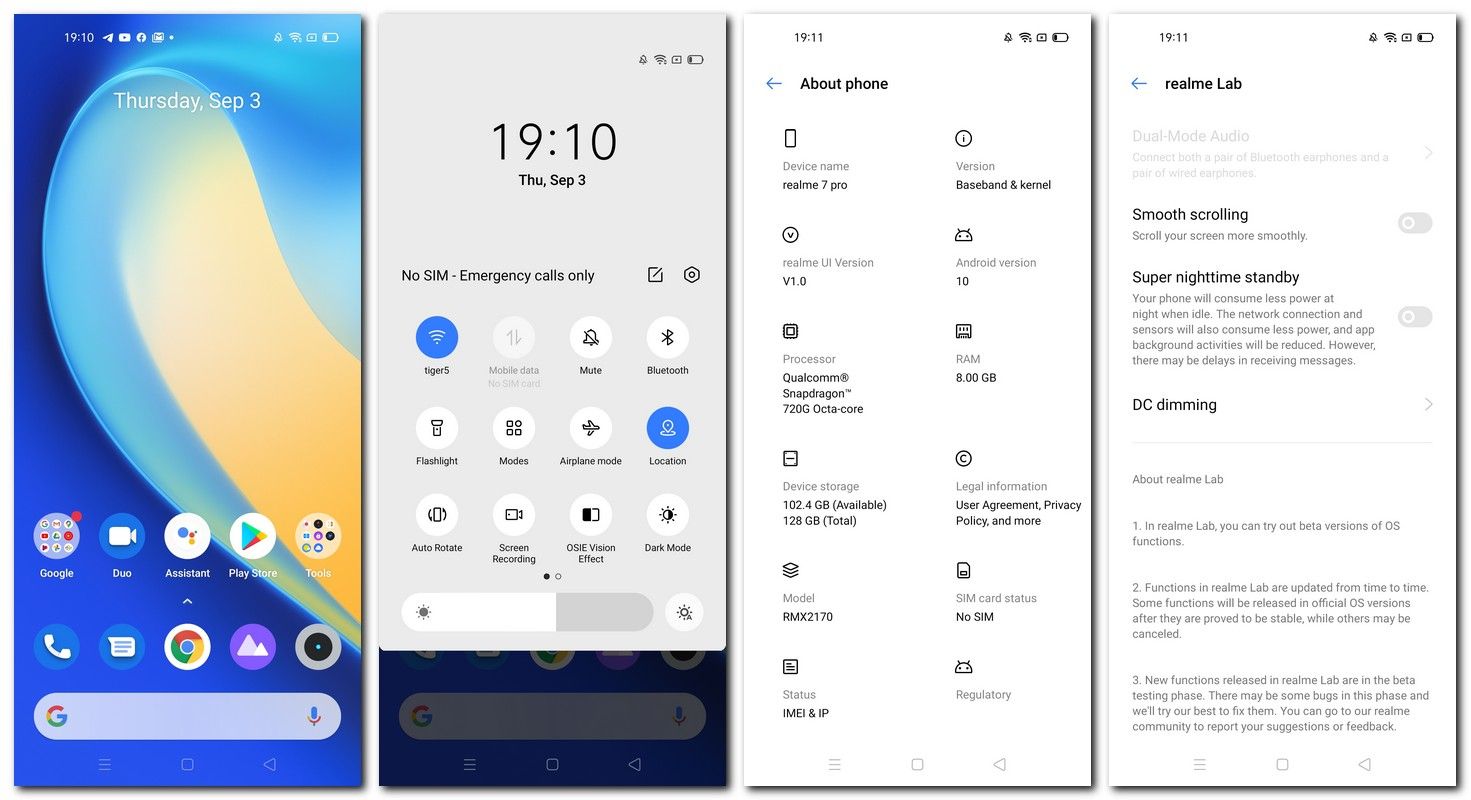
As for the software, the Realme 7 Pro makes use of Realme UI which is a skin that takes a lot of inspiration from OPPO’s ColorOS. It is based on Android 10, and Realme has made a lot of effort to give a clean software experience. I have already talked about it in my Realme 7 review and there are more details in my colleague’s Realme 6 review. I’m also a fan of the quirky Realme labs settings which provide a couple of features that are in beta such as Dual-Mode Audio, Smooth scrolling, Super nighttime standby and more.
Battery
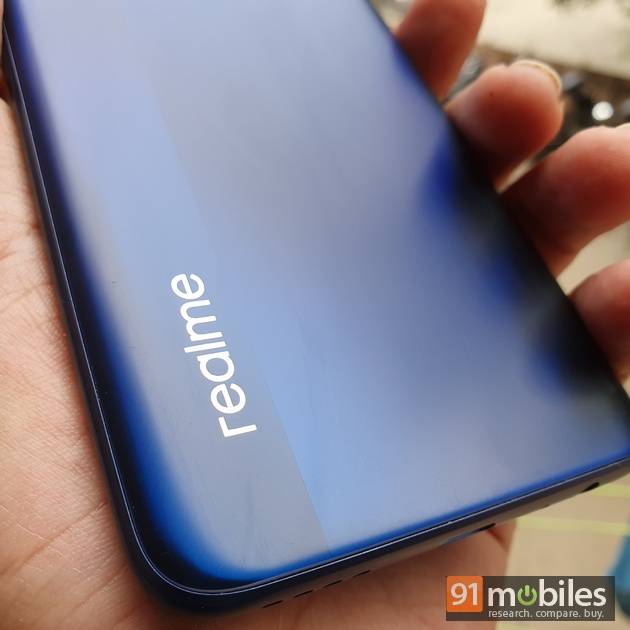
While the Realme 7 Pro does not have the largest battery life in the segment at 4,500mAh, it does have the fastest charging speeds. The device uses a mind-boggling 65W SuperDart Charge solution which is currently available to its most expensive smartphone, Realme X50 Pro (review). Consequently, the 7 Pro can charge up its battery from 0 – 100 percent in an astonishing 36 minutes. At least half the battery gets juiced up in a little more than 10 minutes and just a three-minute charge can see the battery go up to 15 percent. Obviously such a strong charging solution can come with its problems such as heating. However, Realme has said that its “charging process is strictly controlled and cooled to prevent overheating” by having a 98 percent efficiency of converting electrical energy. In terms of real-world usage, the phone makes for an easy one-day experience without breaking a sweat. In fact, in the PCMark 2.0 battery test, the Realme 7 Pro clocked in a whopping 16 hours. For context, the Realme 7 with a bigger battery managed 13 hours.
Final Verdict
While there’s no doubt that the Realme 7 Pro is a compelling phone, it does beg the question whether Realme priced has it correctly. There are obviously complications related to GST and other taxes which have contributed to an increase in cost. Even so, quite a few of the features found on the Realme 7 Pro can just as easily be seen on cheaper devices. This is not a statement I could have made just a year back. I can think of just the 65W charging solution and stereo speakers that are completely exclusive to the Realme 7 Pro in its price segment. 64MP quad-camera setup? The Realme 7 has that at Rs 14,999. A Super AMOLED display? You have that on the Galaxy M31 (review) for Rs 17,499. Snapdragon 720G? The POCO M2 Pro, for Rs 13,999, has it.
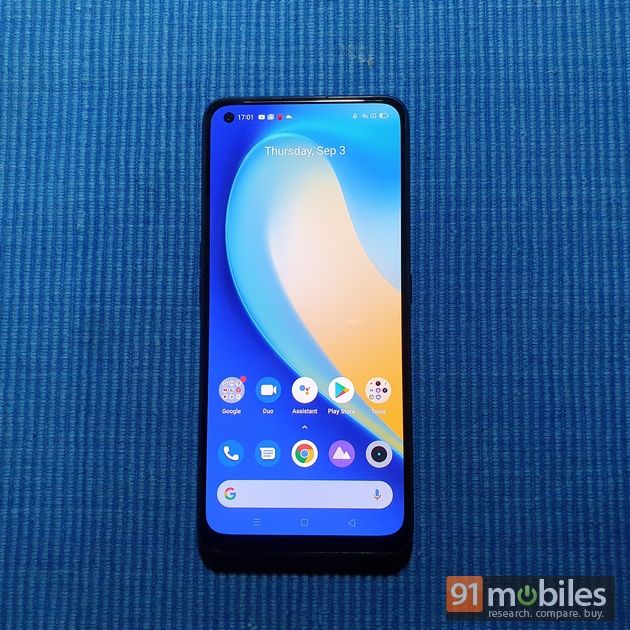
Realme has made a name for itself in India’s smartphone space thanks to its extremely affordable price tags and loaded features. I remember the first ‘Pro’ moniker used in Realme’s signature series was on the Realme 2 Pro (review) which was announced for Rs 13,990 about two years back. Since then it has been a steady rise in prices that has felt, in my opinion, a bit disproportional to the specs, especially since Xiaomi is keeping its products at lower price points. While I think it’s priced slightly on the higher side, there is no denying that Realme 7 Pro is a solid all rounder that deserves a close look.
Editor’s rating: 4 / 5
Pros
- Insane 65W fast charging
- Gorgeous AMOLED display
- Stereo speakers are a nice addition
Cons
- Pricing seems high
- Could’ve used a better chipset to match the price
from 91mobiles.com https://ift.tt/3lPbdCJ
Post a Comment